Equitable access to good-quality health products is a global priority, given the high prices of new products, changing markets and the percentage of health spending on medicines.
In 2020, momentous progress was made in improving access to health products. In April 2020, nine leading global health organizations, including WHO, launched an unparalleled effort to accelerate the development and allocation of vaccines, therapeutics and diagnostics: the Access to COVID-19 Tools (ACT) Accelerator. This global collaborative framework – which brings together governments, scientists and civil society – is working to end the acute phase of the pandemic by deploying tests, treatments and vaccines.
One pillar of the ACT Accelerator is COVAX, an initiative to accelerate the development and manufacture of COVID-19 vaccines and to ensure equitable access. The COVAX Facility, which is part of this endeavour, is set to be the largest vaccine procurement and supply operation ever: it will have delivered about two billion doses to participating countries and economies by the end of 2021. The first doses were shipped by COVAX in February 2021, about one year after WHO declared COVID-19 a pandemic.
ACT Accelerator partners are working to make 120 million high-quality COVID-19 rapid tests available and are analysing over 1700 clinical trials to identify promising treatments. ACT Accelerator supported identification of
the dexamethasone as the first life-saving therapy. About 2.9 million treatment courses have been secured for patients in low- and middle-income countries. In addition, 262 million items of personal protective equipment have been shipped to 152
countries in all six WHO regions.
Massive challenges remain, however, to achieving the objectives of this initiative. There is a financing gap of US$ 22.1 billion for 2021 alone. Furthermore, there is a huge, growing divide between high- and low-income countries in vaccine delivery: in early February, 75% of all administered doses had been given in only 10 countries, while 130 countries had yet to give a single dose. Licensing deals and lack of technology transfers continue to limit the global response to the pandemic.
Despite the challenges faced in 2020 as a result of the COVID-19 pandemic, WHO has achieved many milestones in improving access to quality-assured health products globally. These include the new pricing policy guidelines, which provide countries with guidance on increasing the affordability of medicines. A digital version was launched of the WHO Model list of Essential Medicines, a key reference tool since 1978, which guides Member States' selection, use and procurement policies for medicines. WHO is supporting countries in adopting the AWaRe (Access, Watch, Reserve) classification of antibiotics, which guides appropriate policies for use of antibiotics and stewardship programmes to ensure optimal use of these life-saving medicines. In 2020, WHO also updated the Essential Diagnostics List, an evidence-based guide for countries in the use of accurate, high-quality diagnostics in strategies for treatment, control and, in many cases, prevention of disease and outbreaks. An important contribution to control of the global pandemic was assessment of the quality, safety and efficacy of COVID-19-related products for release under the emergency use listing and prequalification procedures. Pharmacovigilance systems in countries were strengthened as well as alert systems for substandard and falsified medical products.
To address antimicrobial resistance (AMR), which further threatens access to essential medicines, WHO supported creation of the AMR Action Fund, which was launched in July 2020 to invest in innovative treatments. Furthermore, WHO published its first overview of the preclinical antibacterial pipeline as well as target product profiles for necessary new antibiotics. A new indicator for achievement of the Sustainable Development Goals was approved, which will encourage AMR surveillance in countries and strengthen infection prevention in health-care facilities. The 2020 report of the Global Antimicrobial Resistance and Use Surveillance System included data from 66 countries, three times more than two years previously, while the number of surveillance sites increased from 729 to 64 000. By the end of 2020, 143 countries had established AMR national action plans and 136 countries had completed and submitted the Tripartite AMR country self-assessment survey. The data are published on a public website and in the annual report.
To find progress on health outcome indicators, visit the World health statistics
Strengthening health systems to get to ‒ and stay at ‒ ZERO malaria cases

Malaria eliminated in 10 countries in 5 years
The elimination target was set by the WHO global malaria strategy. A country that was malaria-endemic in 2015 had to achieve at least one year of zero indigenous cases and then maintain that status through the end of 2020. Countries that reach at least 3 years of zero indigenous cases are eligible to apply for an official WHO certification of malaria elimination.
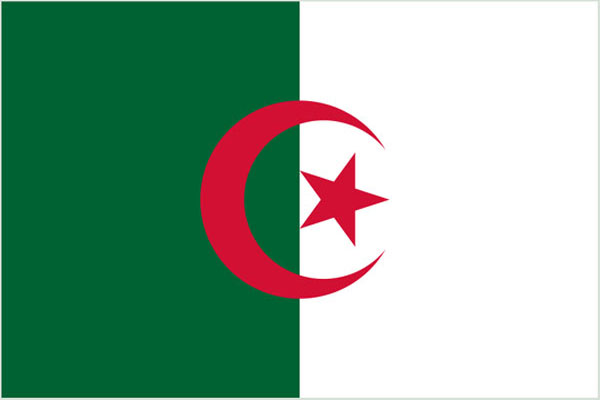
Strong public health system infrastructure with skilled, motivated personnel, signed Tashkent declaration with 8 neighbouring countries to scale up response and interrupt transmission completely
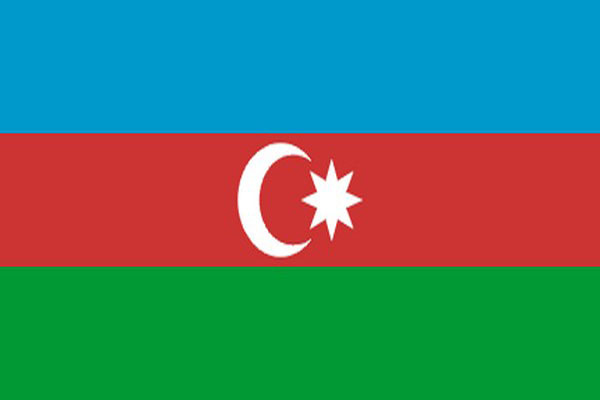
Strong public health system infrastructure with skilled, motivated personnel, signed Tashkent declaration with 8 neighbouring countries to scale up response and interrupt transmission completely
Reoriented surveillance according to risk stratification to focus on areas where people are more likely to be affected and maintains surveillance in ports and airports
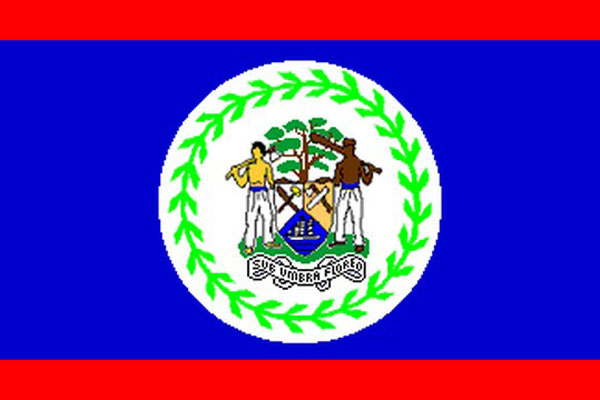
Reoriented surveillance according to risk stratification to focus on areas where people are more likely to be affected and maintains surveillance in ports and airports
All patients are treated by the public sector with at least 3 days of hospitalization, which helps to improve rates of adherence to medication

All patients are treated by the public sector with at least 3 days of hospitalization, which helps to improve rates of adherence to medication
Inter-ministerial effort in health, education, finance, research and science, development, public security, the army, police, commerce, industry, information technology, the media and tourism
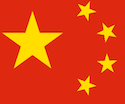
Inter-ministerial effort in health, education, finance, research and science, development, public security, the army, police, commerce, industry, information technology, the media and tourism
Maintains a network of > 3000 community health workers to identify imported cases early before they transmit infections onwards
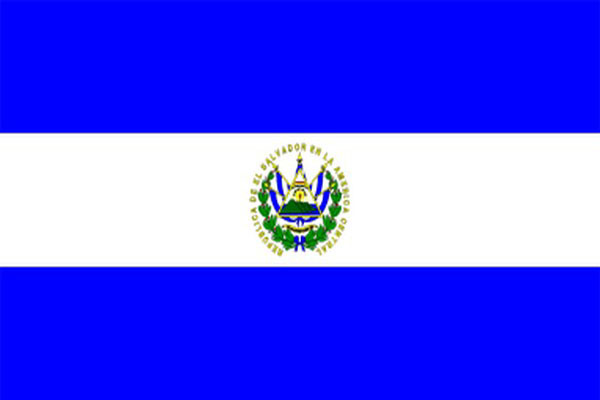
Maintains a network of > 3000 community health workers to identify imported cases early before they transmit infections onwards
Diagnosis, treatment and prevention provided free of charge, including for migrant workers from neighbouring countries, and volunteers trained in use of rapid diagnostic tests and compliance with treatment regimens
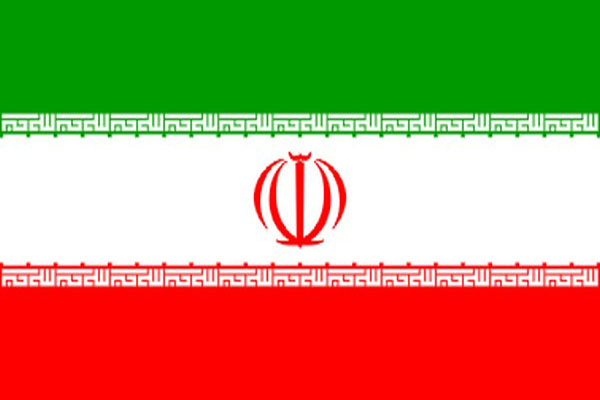
Diagnosis, treatment and prevention provided free of charge, including for migrant workers from neighbouring countries, and volunteers trained in use of rapid diagnostic tests and compliance with treatment regimens
Extensive surveillance system in villages and stratification based on risk of mosquito bites and likelihood of importation particularly on plantations where labourers who often travel receive treatment free-of-charge
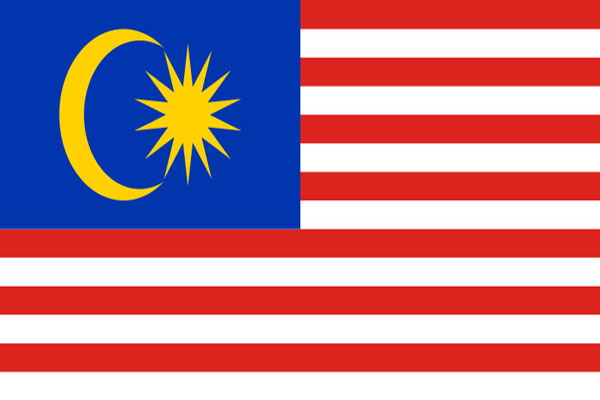
Extensive surveillance system in villages and stratification based on risk of mosquito bites and likelihood of importation particularly on plantations where labourers who often travel receive treatment free-of-charge
Effective surveillance combined with mobile clinics enabled prompt, effective treatment in areas of high transmission in the middle of a civil war

Effective surveillance combined with mobile clinics enabled prompt, effective treatment in areas of high transmission in the middle of a civil war
Districts still have reserve stocks of anti-malarial drugs, insecticides and bednets, and health education continues for population in higher-risk areas
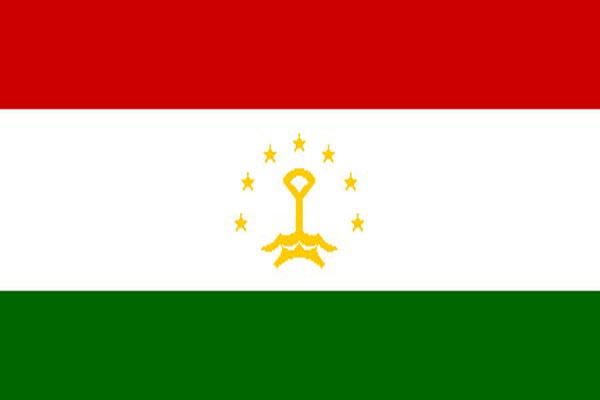
Districts still have reserve stocks of anti-malarial drugs, insecticides and bednets, and health education continues for population in higher-risk areas
Operational guidance on
maintaining essential health services during COVID-19
rapidly developed to support countries adapt their strategies

A new manual provides guidance on
preparing for the official WHO certification
of malaria elimination
Tailoring malaria interventions to the COVID-19 pandemic provides guidance on
adapting interventions during the evolving emergency
and associated restrictions
Malaria Elimination Oversight Committee established to
share issues that could threaten elimination
and maintain a 360° view of the work of countries and regions towards malaria elimination
Convening Member States to share
innovations and best practices

Comprehensive framework of
tools, activities and dynamic strategies
that can be adapted to the local context
Malaria Elimination Certification Panel established to review evidence that a country has interrupted
the chain of indigenous transmission for at least 3 years
and has a programme to prevent re-establishment

Global technical strategy for malaria 2016–2030 set the target to eliminate malaria in 5 countries by 2020.
Guidelines on
treatment
of malaria with primaquine and artemisinin-based combination therapy
10 years since world health report "Health systems financing: the path to universal health coverage"
-1.png?sfvrsn=872dd4cb_3)
-1.png?sfvrsn=a7b784e6_5)
Launched a Universal Coverage UHC scheme in 2012, which resulted in 98% of the population with coverage, at a cost to the Government of US$ 80 per beneficiary
Because we are poor, we cannot afford not to have universal health coverage.
Thai Minister of Public Health on Universal Health Coverage Day, 2016
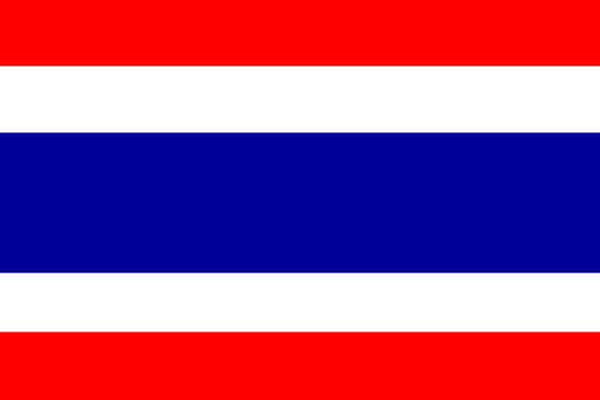
Launched a Universal Coverage UHC scheme in 2012, which resulted in 98% of the population with coverage, at a cost to the Government of US$ 80 per beneficiary
Because we are poor, we cannot afford not to have universal health coverage.
Thai Minister of Public Health on Universal Health Coverage Day, 2016
Large, predominantly government participation in health care and services in public facilities provided free at point of delivery and little private expenditure; however, financial hardship due to large household expenditure on health has slightly increased.
| Coverage of essential services | < 10% household expenditure on health |
|---|---|
| Improved from 24/100 (2000) to 52/100 (2017) | Worsened from 2.6% (2001) to 2.9% (2014) |
Coverage of essential services should be improved; e.g. only 57% of births are attended by skilled personnel and only 73.5% of children are fully vaccinated by 12 months of age.
*
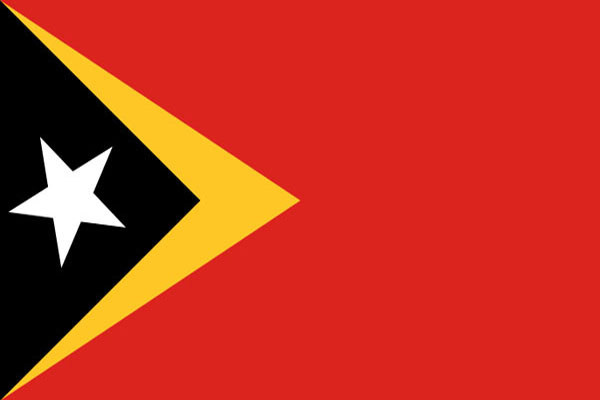
Large, predominantly government participation in health care and services in public facilities provided free at point of delivery and little private expenditure; however, financial hardship due to large household expenditure on health has slightly increased.
| Coverage of essential services | < 10% household expenditure on health |
|---|---|
| Improved from 24/100 (2000) to 52/100 (2017) | Worsened from 2.6% (2001) to 2.9% (2014) |
Coverage of essential services should be improved; e.g. only 57% of births are attended by skilled personnel and only 73.5% of children are fully vaccinated by 12 months of age.
*
Tripled public spending on health in a decade, increasing public expenditure on primary health care to 37%, as compared with a regional average of < 15%
| Coverage of essential services | > 10% household expenditure on health |
|---|---|
| Improved from 41/100 (2000) to 68/100 (2017) | Improved from 11.06% (2000) to 6.02% (2016) |
1 in 3 Latin American countries close to reaching the goal of allocating 6% of GDP towards public health.
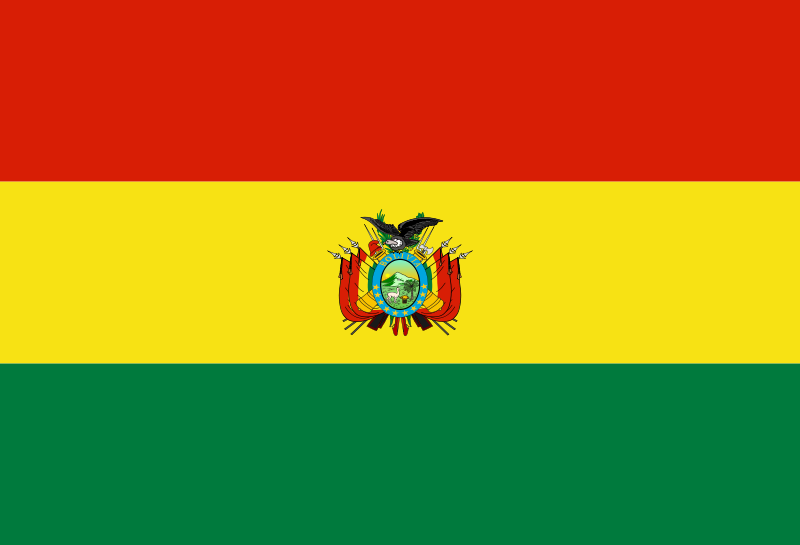
Tripled public spending on health in a decade, increasing public expenditure on primary health care to 37%, as compared with a regional average of < 15%
| Coverage of essential services | > 10% household expenditure on health |
|---|---|
| Improved from 41/100 (2000) to 68/100 (2017) | Improved from 11.06% (2000) to 6.02% (2016) |
1 in 3 Latin American countries close to reaching the goal of allocating 6% of GDP towards public health.

WHO launches Health Financing Progress Matrix to monitor
policies that directly contribute
to improved financial protection and service coverage
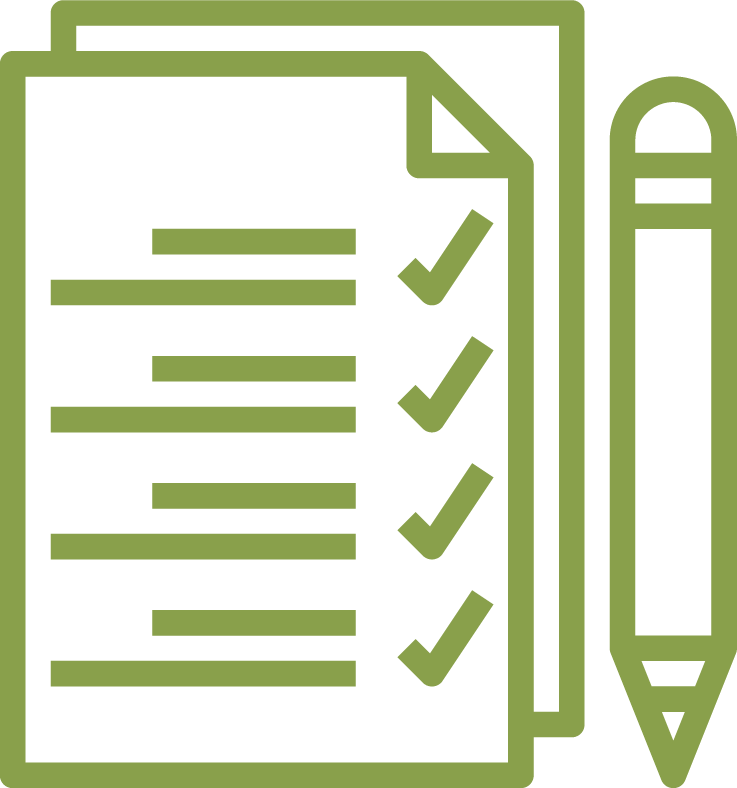
3rd global monitoring report shows divergent progress towards UHC since 2000:
catastrophic health spending
and recommends
United Nations Member States adopt high-level political declaration to ensure that everyone has access to essential health services without experiencing financial hardship
Support provided:
- options for a health financing policy;
- knowledge on crucial aspects and implications of a new policy, including governance financing, management of health services and integrated health service networks; and
- facilitation of discussions with stakeholder to ensure buy-in to a new policy

2nd global monitoring report shows:
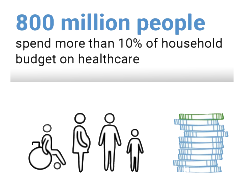

1st global monitoring report tracks countries’ progress towards universal health coverage:
.png?sfvrsn=e49c8af_3)
Resolution WHA64.9 requests the Director-General to approve a plan of action to support Member States in realizing universal coverage as envisaged by the World Health Report 2010
Member States urged to ensure health financing is available to implement policies to avoid catastrophic health-care expenditure and impoverishment as a result of seeking care.
The World Health Report 2010 on health systems financing provides a
road map
to achieving universal health coverage after the global financial crisis in 2009
Revolutionizing access to medicines across the globe
The WHO model list of essential medicines has played a central role in mitigating the most damaging effects of HIV, and other diseases as well.
Today, the list serves as a tool to guide member countries' selection of medicines and policies against two major global crises: antibiotic resistance and the surge of cancers. When we face health and welfare calamities, the WHO model list can lead the way to strengthen human rights and health-based medicine policies.
90% of essential medicines | |||
on the WHO model list of essential medicines can be subjected to competition only 5-10% are patented agents |
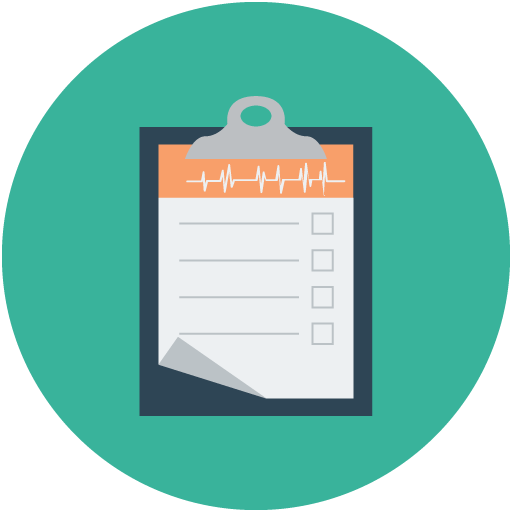
90% of essential medicines | |||
on the WHO model list of essential medicines can be subjected to competition only 5-10% are patented agents |
20 m people | US$ 1.96 b saved | |
| worldwide have access to antiretroviral treatment | in international procurement of HIV and hepatitis C medicines and supplied 50 m patient-years of treatment over last 8 years |

20 m people | US$ 1.96 b saved | |
| worldwide have access to antiretroviral treatment | in international procurement of HIV and hepatitis C medicines and supplied 50 m patient-years of treatment over last 8 years |
Most countries selecting WHO-recommended medicines for primary care and infectious diseases
More should select WHO-recommended specialty medicines, e.g. for cancer
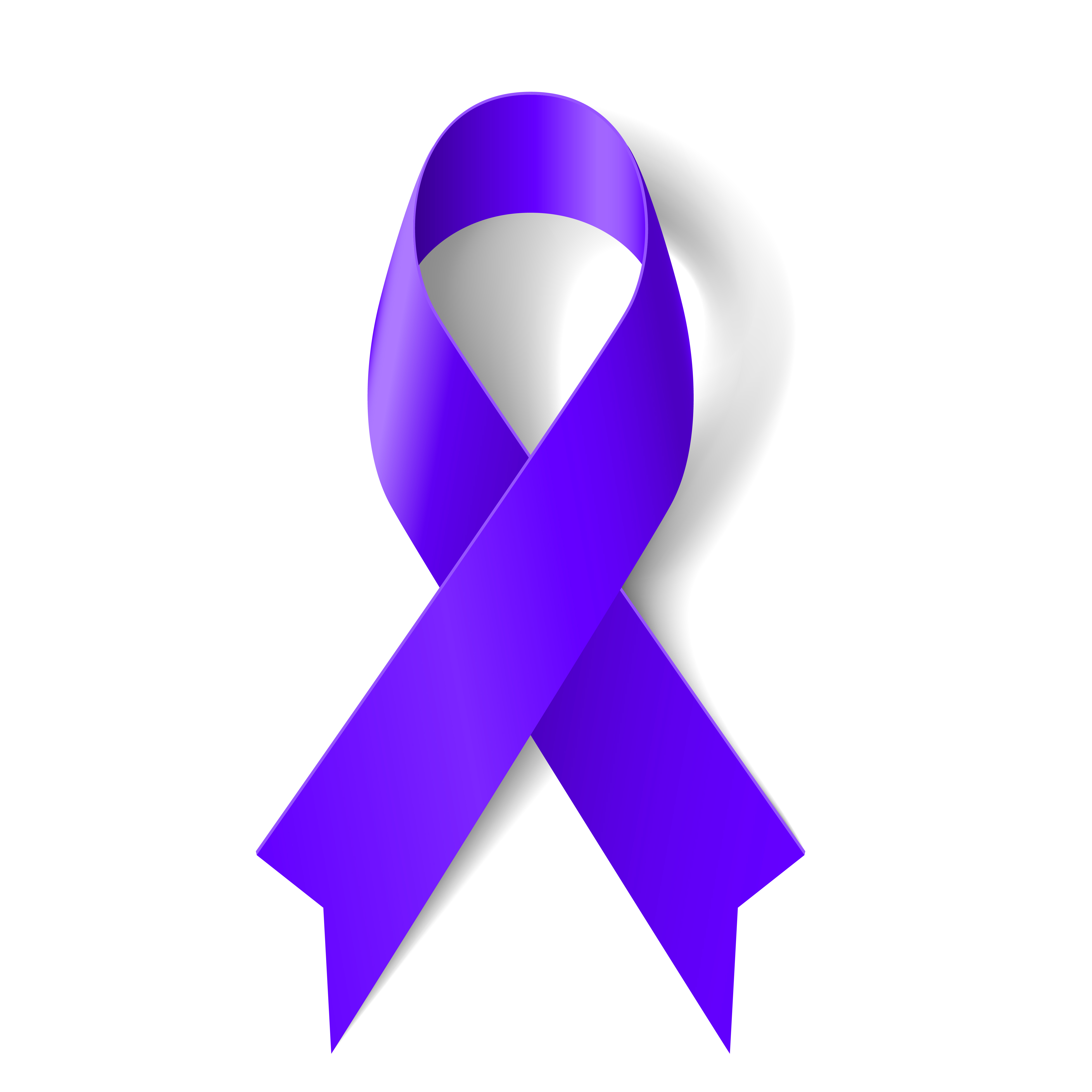
Most countries selecting WHO-recommended medicines for primary care and infectious diseases
More should select WHO-recommended specialty medicines, e.g. for cancer
WHO target: ≥ 60%
of consumption of antibiotics worldwide from “Access” group of the AWaRe classification

WHO target: ≥ 60%
of consumption of antibiotics worldwide from “Access” group of the AWaRe classification
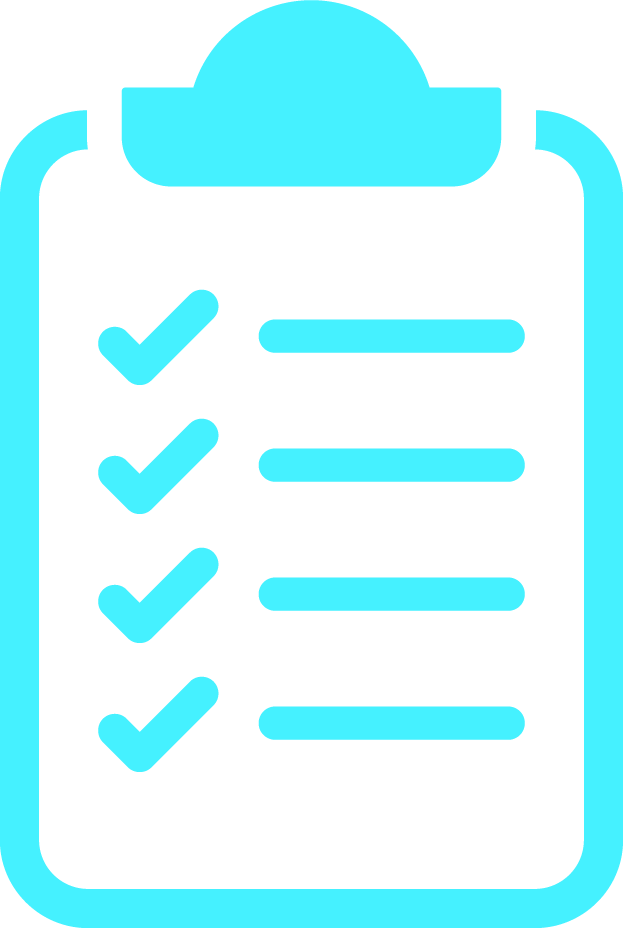
21st WHO model list of essential medicines comprises
460 medicines
- 1 in 4 medicines listed in 1977 are still essential
- 90–95% of all essential medicines are available as generics or biosimilars
1st WHO model list of essential in-vitro diagnostic comprises
113 diagnostics
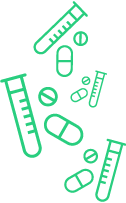
20th WHO model list of essential medicines and 16th WHO model list of essential medicines for children include the
AWaRe (Access, Watch, Reserve) classification of antibiotics,
after a comprehensive review, to support surveillance of antibiotic use and stewardship to promote adequate prescription practices

Global Action Plan on antimicrobial resistance – to
strengthen health systems to ensure more appropriate use
of and access to antimicrobial agents

19th WHO model list of essential medicines includes
first monoclonal antibodies
for treating cancer (e.g. trastuzumab, rituximab), after a comprehensive review of cancer medicines
100 developing countries receiving continuous supply of essential medicines to treat HIV and hepatitis B, as a result of a first agreement between the Medicines Patent Pool and a pharmaceutical company
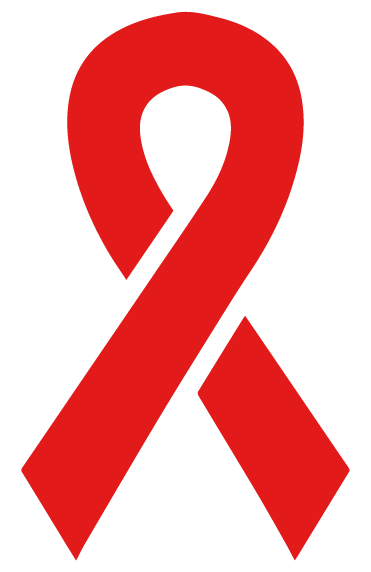
Voluntary licensing and patent pooling
for low- and middle-income countries facilitated by newly established Medicines Patent Pool
Almost 100% of donor-funded antiretroviral market comprises generics, saving hundreds of millions of US dollars

> 60 countries
procure large quantities of antiretroviral drugs at a lower cost by listing them as essential medicines and by enforcing the trade-related intellectual property rights (TRIPS) flexibility in the Doha Declaration

1st WHO model list of essential medicines for children comprises 119 medicines in appropriate dosages and formulations

WHO and UNAIDS launch the
“3 by 5” campaign
3 million people on antiretroviral treatment by 2005– as lack of HIV/AIDS treatment is declared a global health emergency

12th WHO model list of essential medicines includes
several antiretroviral drugs under patent

Right to health
recognized to include access to medicines in World Health Assembly resolution and the World Trade Organization Doha Declaration
Brazil, South Africa, Thailand and Zimbabwe led discussions on granting access to essential medicines for pandemics, such as HIV/AIDS, and recognizing that the right to health includes access to medicines
This legitimizes generic substitution, which provides momentum for countries to challenge excessive pricing by multinational pharmaceutical companies

11th WHO model list of essential medicines comprises
306 Medicines
156 official national lists
of essential medicines

Triple-drug therapy found to durably suppress viral replication of HIV to minimal levels, but
antiretroviral medicines available only sporadically |
in most countries
WHO action programme established to increase availability of essential medicines at primary health care level by strengthening countries:
- national capabilities in their selection, procurement, distribution and proper use and
- local production and quality control.
Sets the basis for guidance on centralized procurement and conditions to encourage local production
Kenya, South Africa, Sudan and Viet Nam are early adopters of the WHO quality system – training prescribers and drafting an initial list of 40 medicines to encourage pooled purchasing
World Health Assembly resolution endorses a model list of essential drugs
Alma-Ata conference identifies essential medicines as
one of eight key components of primary health care

1st WHO model list of essential medicines comprises
208 medicines
for primary care and hospitals, rare and frequent diseases and conditions, high- and low-cost medicines
Protecting people from the health impacts of climate-related risks

Improve resilience of health systems to climate variability and change
As an example, climate-resilient water safety improved for:
- 2.5 million people in Ethiopia using 50 water supply systems, 2020
-280 000 people in Nepal, 2020
-605 000 people in Bangladesh, 2020
-240 000 in urban areas of the United Republic of Tanzania, and 6200 people in rural areas, 2017
Simple, low-cost interventions, such as building retaining walls or ditches, prevent contamination of drinking-water during flooding; and planting indigenous trees protects the water table in Ethiopia, 2018.

.jpg?sfvrsn=6706eada_9)
As an example, climate-resilient water safety improved for:
- 2.5 million people in Ethiopia using 50 water supply systems, 2020
-280 000 people in Nepal, 2020
-605 000 people in Bangladesh, 2020
-240 000 in urban areas of the United Republic of Tanzania, and 6200 people in rural areas, 2017
Simple, low-cost interventions, such as building retaining walls or ditches, prevent contamination of drinking-water during flooding; and planting indigenous trees protects the water table in Ethiopia, 2018.

For example, the assessment in:
- Lao People’s Democratic Republic studied the links between climate change and water-related and vector-borne diseases; water, sanitation and hygiene; mental health; malnutrition; injury and disability; and sudden increases in health service use.
- Madagascar highlighted the health impacts of flooding, cyclones, drought, heatwaves and cold spells, 2015
Health national adaptation plans are informed by the assessments and include:
- Timor-Leste plan for health sector adaptation to climate change finalized in wide consultation with partners, 2019
- health national adaptation developed and endorsed in Nepal, 2018
- climate change action plan for public health officially endorsed by the Ministry of Health in Cambodia, 2020
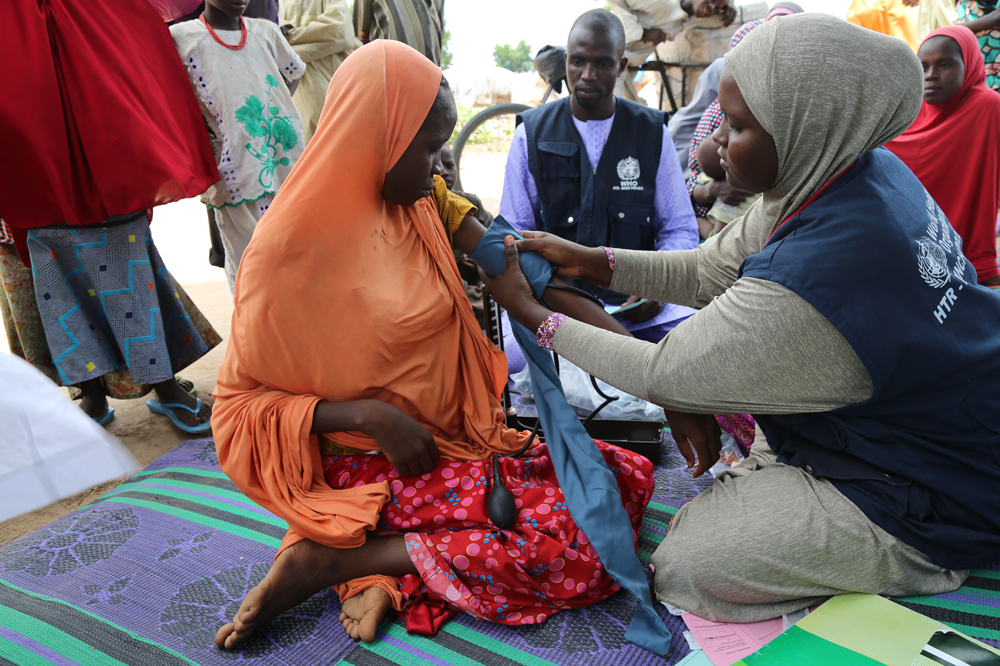
For example, the assessment in:
- Lao People’s Democratic Republic studied the links between climate change and water-related and vector-borne diseases; water, sanitation and hygiene; mental health; malnutrition; injury and disability; and sudden increases in health service use.
- Madagascar highlighted the health impacts of flooding, cyclones, drought, heatwaves and cold spells, 2015
Health national adaptation plans are informed by the assessments and include:
- Timor-Leste plan for health sector adaptation to climate change finalized in wide consultation with partners, 2019
- health national adaptation developed and endorsed in Nepal, 2018
- climate change action plan for public health officially endorsed by the Ministry of Health in Cambodia, 2020
Climate and weather information integrated into health surveillance and early warning systems to predict outbreaks, such as:
- cholera in Bangladesh and Malawi, 2020
- malaria in Mozambique, 2020
- dengue fever in Myanmar and Timor-Leste, 2020

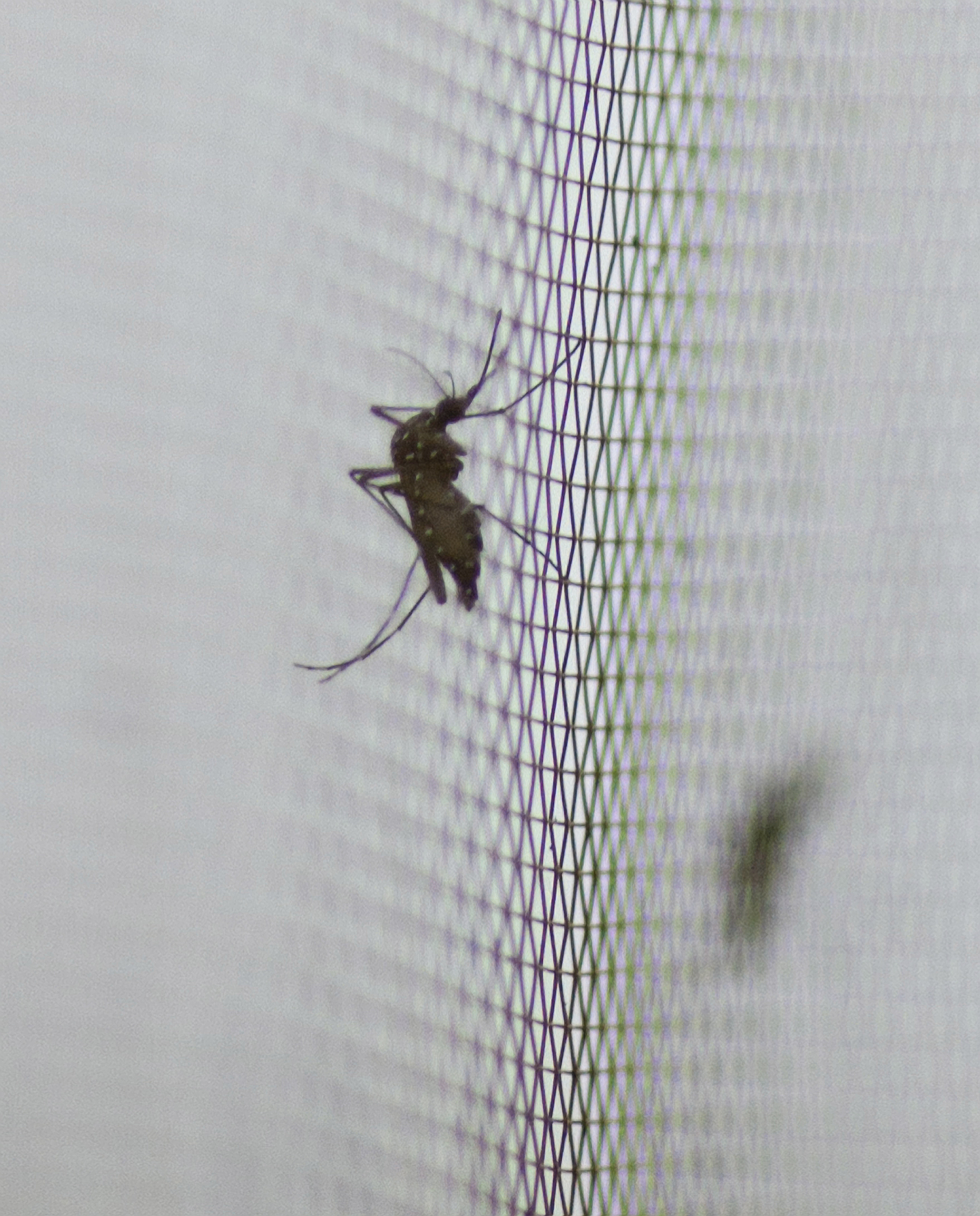
Climate and weather information integrated into health surveillance and early warning systems to predict outbreaks, such as:
- cholera in Bangladesh and Malawi, 2020
- malaria in Mozambique, 2020
- dengue fever in Myanmar and Timor-Leste, 2020

Action towards climate-resilient and environmentally sustainable health care facilities, for example:
- in 62 health care facilities in Lao People’s Democratic Republic, 2020
- assessments conducted in 25 health centres in Cambodia with focus on climate-resilient WASH, 2020
/feature-stories/cambodia-4.jpg?sfvrsn=19d9a2f1_7)
Action towards climate-resilient and environmentally sustainable health care facilities, for example:
- in 62 health care facilities in Lao People’s Democratic Republic, 2020
- assessments conducted in 25 health centres in Cambodia with focus on climate-resilient WASH, 2020
Action to build climate-resilient health systems in small island developing states, includes:
18 country profiles on health and climate change completed to inform evidence-based decision-making when strengthen the resilience of health systems, 2021
US$ 33-65 m funding mobilized to small island developing states to strengthen the resilience of health systems, health-care facilities, schools and communities to climate change
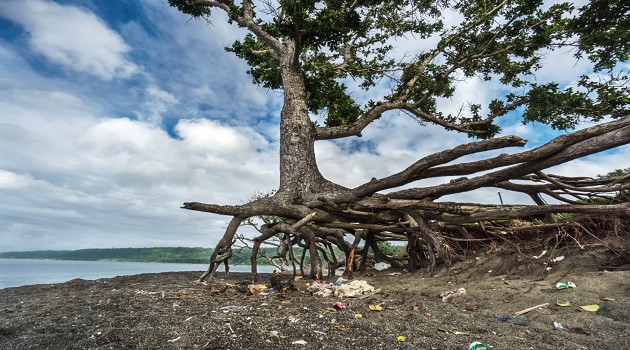
Action to build climate-resilient health systems in small island developing states, includes:
18 country profiles on health and climate change completed to inform evidence-based decision-making when strengthen the resilience of health systems, 2021
US$ 33-65 m funding mobilized to small island developing states to strengthen the resilience of health systems, health-care facilities, schools and communities to climate change

Quality criteria for evaluating climate-informed early warning and response systems for infectious diseases developed
WHO approved as a Green Climate Fund Readiness Delivery Partner
– resulting in 7 Caribbean countries and Argentina securing US$ 1.3 m funding
WHO guidance provides a set of interventions to improve climate resilience while decreasing the environmental impact and carbon footprint of health care facilities
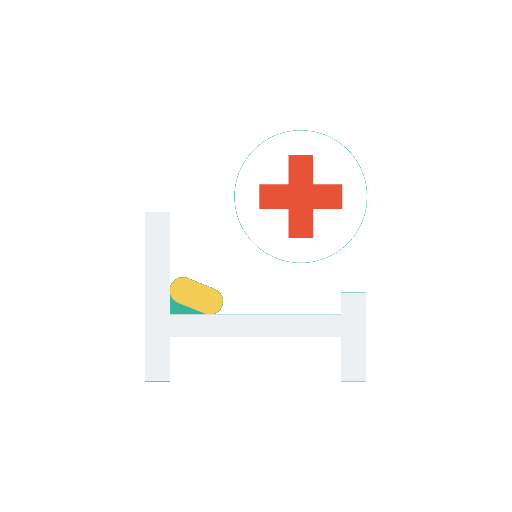

12 countries trained in developing and implementing climate-informed health early warning systems
Support provided
to integrate information on climate and weather
into health surveillance and early warning systems to predict outbreaks of climate-sensitive diseases

WHO technical series for
assessing current and future vulnerability to specific health risks
beginning with undernutrition
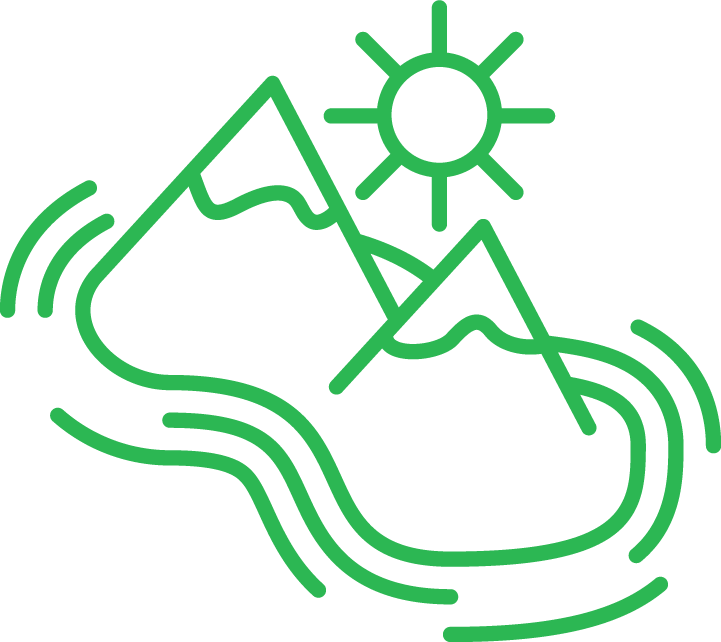
Global plan of action on climate change and health in small island developing states

Guide and case studies for
developing climate services for health
with the World Meteorological Organization

WHO guidance for water safety
planning to improve the resilience of water supplies
to climate variability and change published

Special initiative on climate change and health
in small island developing states launched at the
23rd Conference of the Parties (COP23) to the United Nations Framework Convention on Climate Change

WHO guidance published for
developing a health national adaptation plan
which is integrated into national climate change adaptation planning
Eliminate industrially produced trans fats from the global food supply by 2023

58 countries have introduced laws that will protect 3.2 billion people by the end of 2021
However, most are high- and upper- to middle-income countries. More than 100 countries still need stronger action, including those where a high proportion of coronary heart disease is due to intake of trans fats
Best-practice policy takes effect (2009)

Best-practice policy takes effect (2009)
Best-practice policy takes effect (2018)

Best-practice policy takes effect (2018)
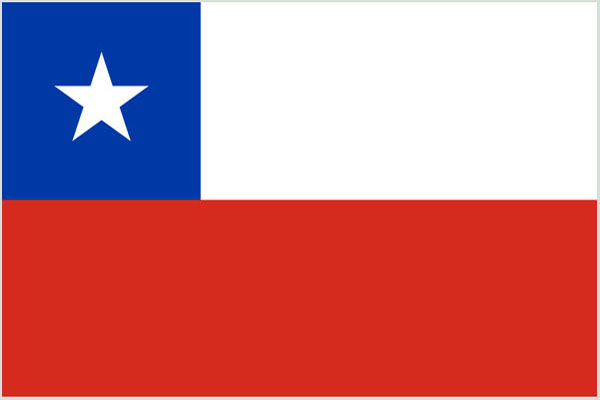
First country to legislate a limit on trans fat content in all food products, 2g/100g of total fat; best-practice policy to take effect 1 year later (2003)

First country to legislate a limit on trans fat content in all food products, 2g/100g of total fat; best-practice policy to take effect 1 year later (2003)

Best-practice policy takes effect (2014)
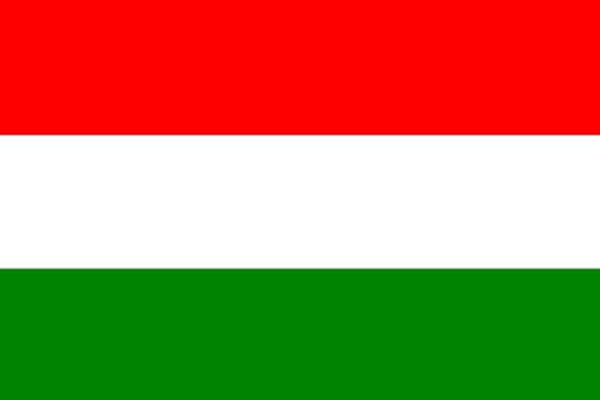
Best-practice policy takes effect (2014)
Best-practice policy takes effect (2011)
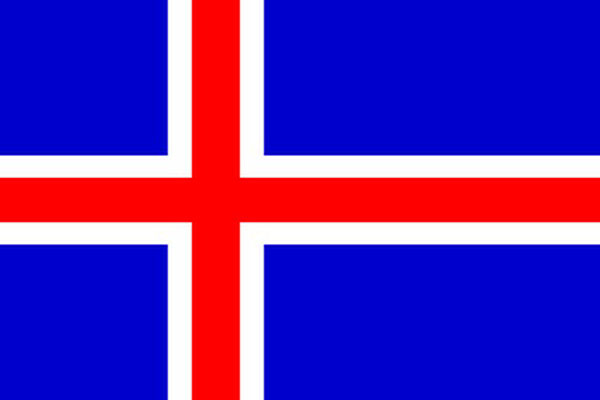
Best-practice policy takes effect (2011)
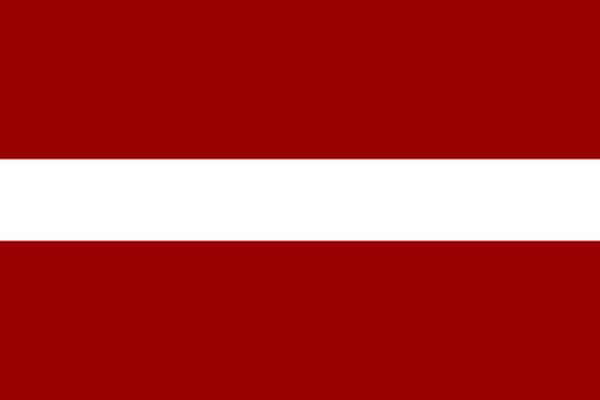
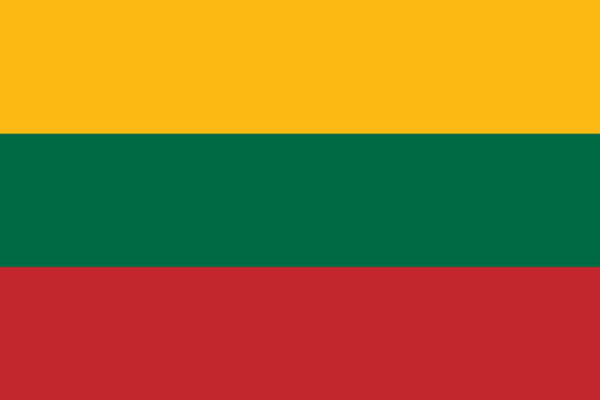
.png?sfvrsn=acb09e00_5)
Best-practice policy takes effect (2014)
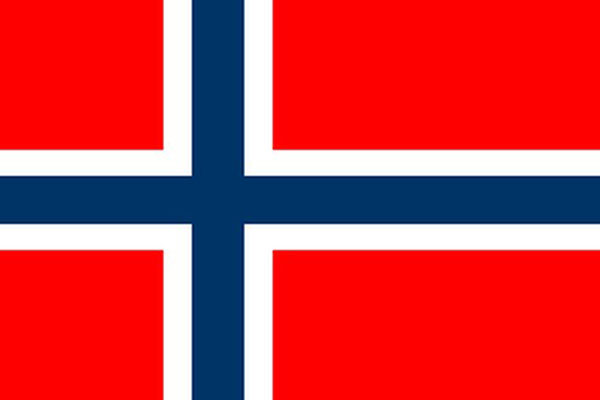
Best-practice policy takes effect (2014)
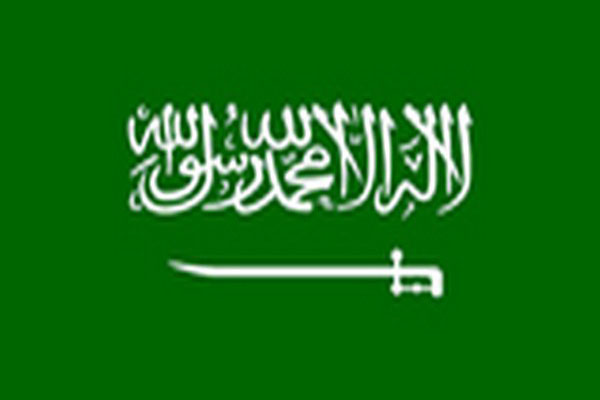
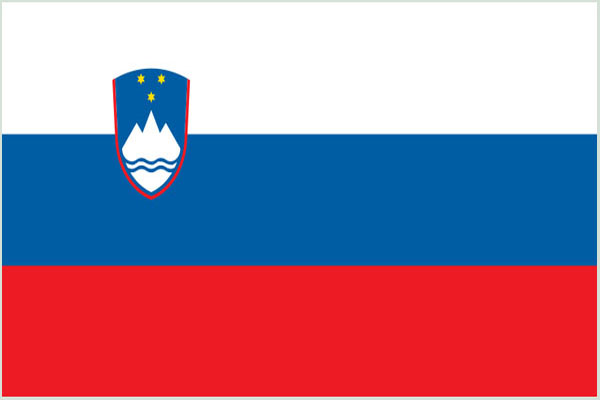
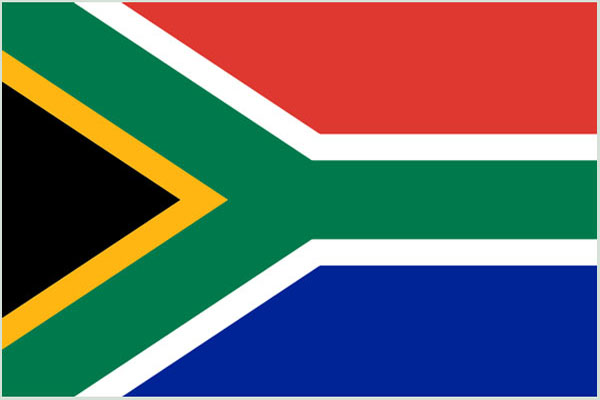


Country certification of trans fat elimination first programme to
recognize elimination of a risk factor
for noncommunicable diseases

Second global progress report launched by WHO Director-General to countdown in 2023
REPLACE action package provides a
strategic approach to eliminating
industrially produced trans fats from national food supplies
Supported Member States in strengthening capacity to develop, update and implement legislation

First global progress report launched by WHO Director-General to countdown in 2023
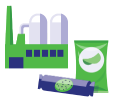
Dialogue with the food and non-alcoholic beverage industries at Chatham House
Call to action to Member States to eliminate trans fats from the food supply by 2023
“Eliminating industrially-produced trans fat is one of the simplest and most effective ways to save lives and create a healthier food supply”
– Dr Tedros Adhanom Ghebreyesus
Updated draft of WHO guideline on trans fats issued for public consultation, recommending that
corresponding to 2.2 g/day of a 2000-calorie diet
REPLACE action framework to serve as a roadmap for country actions
Legislating to ban use of trans fats in the food chain included as part of cost-effective interventions to
prevent and control noncommunicable diseases
(updated in 2017)
“Trans fat produced by partial hydrogenation of fats and oils should be considered industrial food additives having
no demonstrable health benefits and clear risks to human health…
as such, food services, restaurants, and food and cooking fat manufacturers should avoid their use"
– WHO Scientific update on health consequences of trans fat
– recommended by the Joint WHO/FAO Expert Consultation on Diet, Nutrition and the Prevention of Chronic Diseases
Triggering action at local level through urban governance for health and well-being

Improved health status and well-being of 22 million people through participatory and multisectoral urban governance by 2028
“Health is created and lived by people within the settings of their everyday life; where they learn, work, play, and love.”
– Ottawa Charter

Bogotá will become “the Caring City” by promoting an inclusive, sustainable, conscious city for population well-being through a participatory approach. The approach to primary health care will be strengthened by intersectoral mechanisms and strategies, and fostering collaboration among academia, civil society, city sectors such as health, social innovation, planning and development.
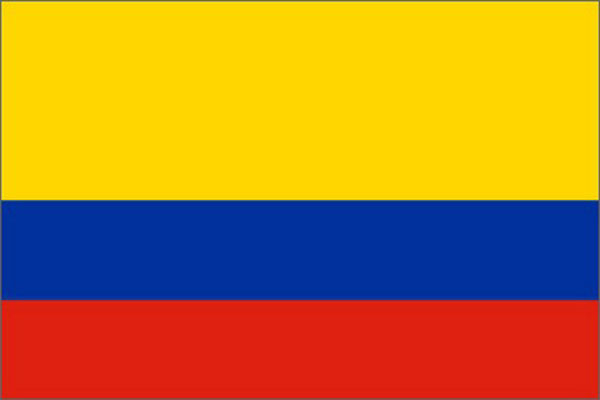
Bogotá will become “the Caring City” by promoting an inclusive, sustainable, conscious city for population well-being through a participatory approach. The approach to primary health care will be strengthened by intersectoral mechanisms and strategies, and fostering collaboration among academia, civil society, city sectors such as health, social innovation, planning and development.

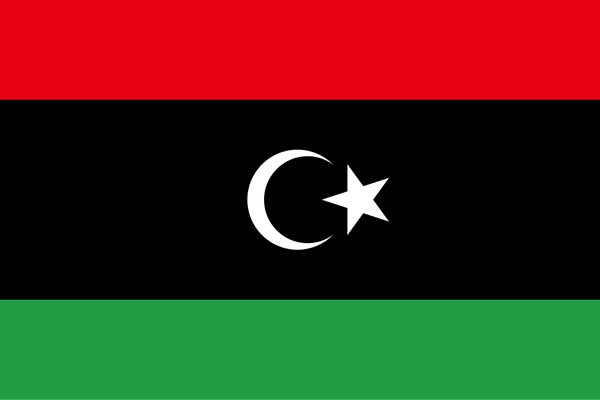
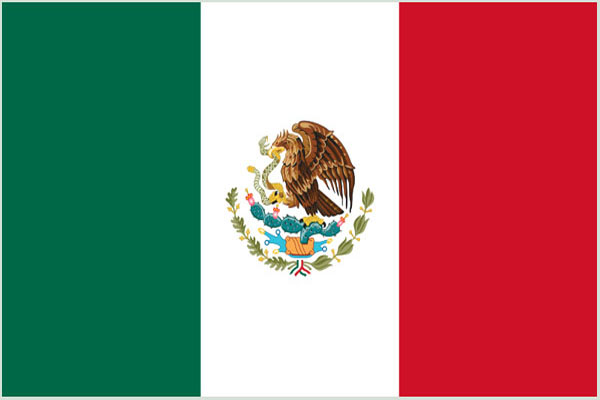
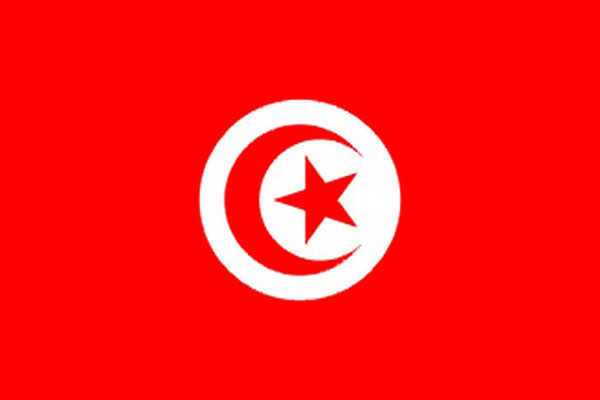
WHO creates a
network of 5 committed mayors of cities
with shared interest in access to health-care services, informal and peri-urban settlements and social cohesion and engagement
Healthy cities corporate approach highlights urban governance for
health and well-being as an essential domain for healthy cities
> 100 mayors committed
to advancing health and sustainable urban development by integrating 10 action areas into implementation of the 2030 Sustainable Development Agenda
– Shanghai Consensus on Healthy Cities as proposed by WHO
Communities and civil society participation at the centre of health promotion | Urbanizationas a key influence on health |
– key commitments of the Bangkok Charter for Health Promotion in a Globalized World
Active participation of all sectors and civil society
in implementation of health-promoting actions
– key action in Mexico Ministerial Statements for the Promotion of Health: From Ideas to Action
Increased community participation and individual empowerment
are key priorities for health promotion
– Jakarta Declaration on Leading Health Promotion into the 21st Century
WHO European Healthy Cities Network started and Helsinki, Finland, promoted health in all policies
Title goes here
Subtitle goes here, with any format
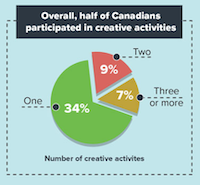
Text goes here

Text goes here
Title here
Main text here.Main text here.Main text here.Main text here.
Title here
Main text here.Main text here.Main text here.Main text here.
Text inside box goes here.Text inside box goes here.Text inside box goes here.
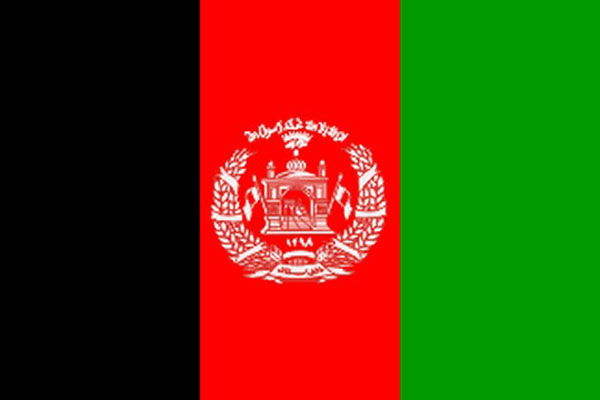
Text inside box goes here.Text inside box goes here.Text inside box goes here.
Main text goes here
Other formatted text, centered

Main text goes here
Other formatted text, centered

Main text goes here
Main text goes here


